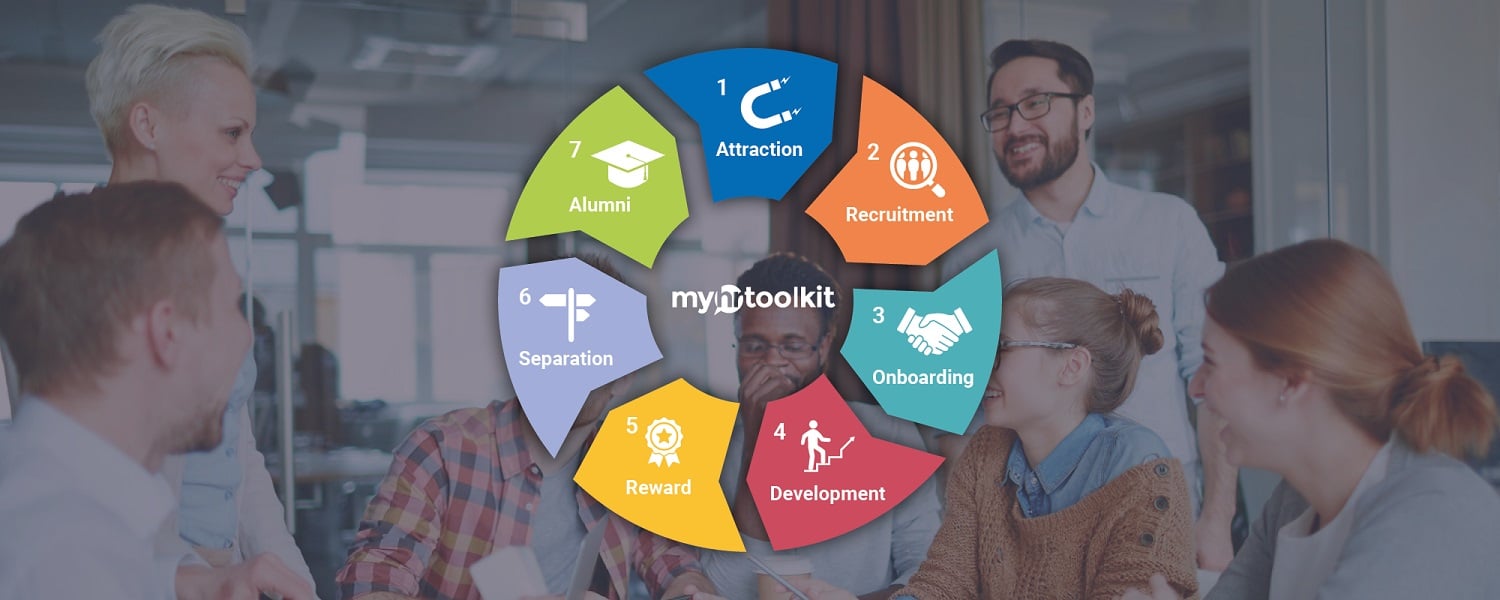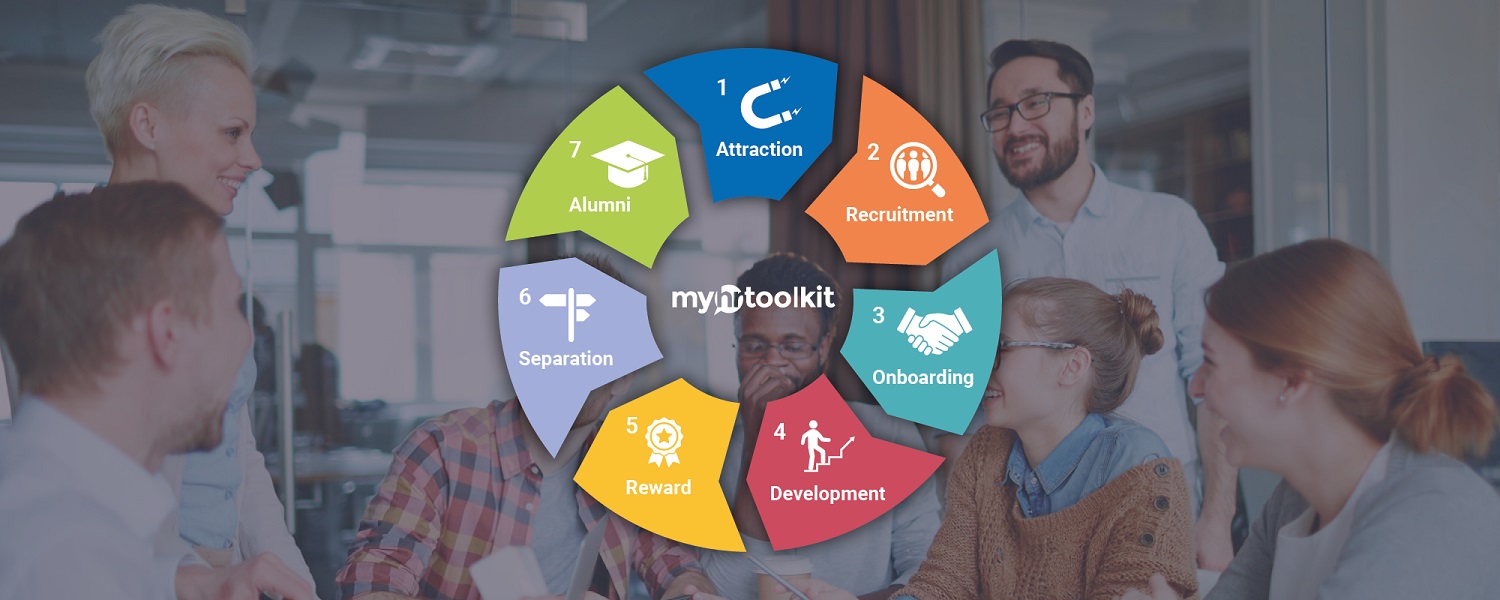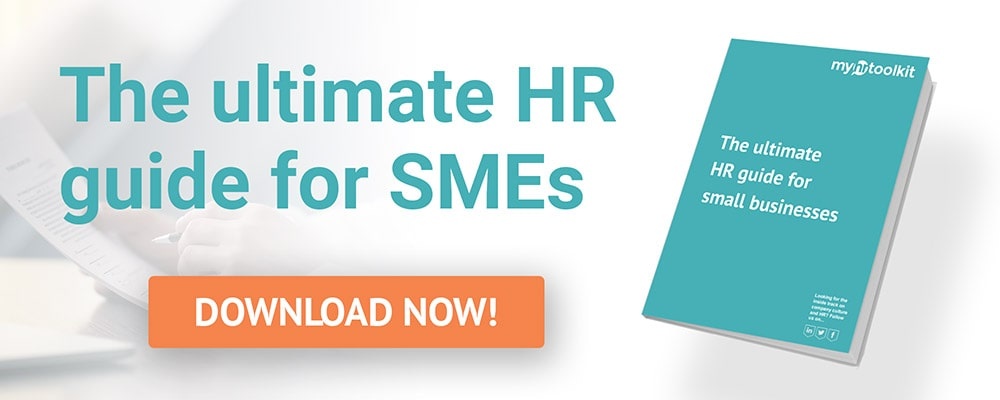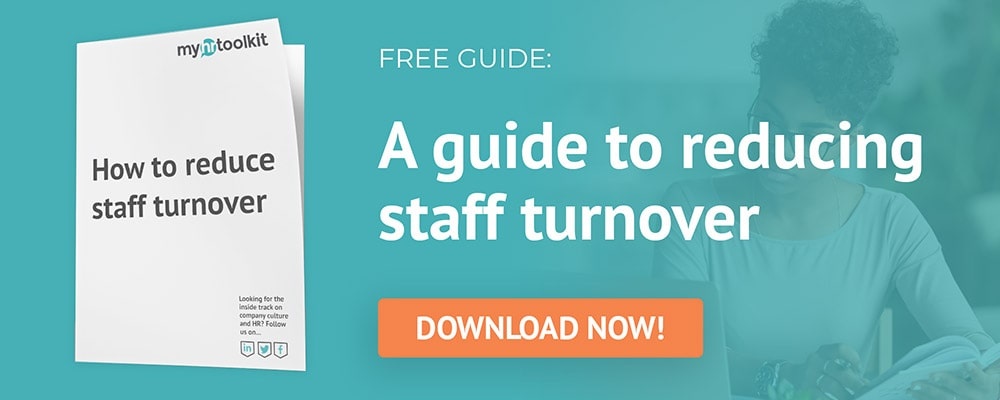What is the employee life cycle and how can businesses maximise employee engagement and productivity at each stage? HR consultant Archita Misra explains the stages of the life cycle and shares tips on what organisations need to provide employees at each stage in the modern workforce.
What is the employee life cycle?
It’s a known fact that happy employees and a strong team are the backbone for the success of a company. In an ideal scenario, employers or business owners would like their employees to stay with the organisation for a longer period or even until their retirement stage; however, in today’s world this doesn’t often happen. The concept of long-term job security has mostly disappeared. Nowadays employees come, share their experiences, give their best performances, meet their targets, and move on to the next stage of their career.
Like every living creature in this world, an employee’s association with an employer or organisation also follows a life cycle. The employee life cycle is an HRM model that identifies and describes all the various stages an employee experiences with an employer. It starts from the pre-inception stage of knowing the employer but not yet working for them, to the last lap stage of post-employment.
Stages of the employee life cycle

There are quite a few employment life cycle models that have been adapted by companies based on their different approaches. Usually the employee life cycle model has between six to eight stages depending on the roles and the detailed analysis of the employee’s association with the organisation done by the HR department.
Traditional HR departments considered five classic stages in the employee life cycle. These are:
- Recruitment
- Onboarding
- Development
- Retention
- Exit
However, based on some of the market benchmark data and my personal experience of working in HR, I have highlighted 7 stages in the employee life cycle model that hold more relevance in today’s business model. These 7 stages are as follows:
1. Attraction
This is the first step in the employment life cycle. Gone are the days when employers were at an advantage and could negotiate terms with prospective employees as fewer job offerings were available to employees.
The last year has revealed the reality that resilient employees bring lasting success to organisations during difficult times. This period has also changed the outlook of employees towards their future employers. In the current labour-tight job market, employees are looking for flexibility, companies that prioritise outcomes over output when it comes to productivity, and a more diverse workforce. Hence, it is imperative for organisation to build their company image in a way that is more attractive to the market and prospective employees and companies need to create its own niche place, irrespective of the size of the organisation.
Learn more: How to develop and improve your employer branding
2. Recruitment

The recruitment process has seen dramatic changes since the 2000s. Technology, social media, and digital evolution have changed the way recruitment happens. In earlier days, recruitment had a more reactive approach, which involved hiring employees based on the company needs and this would mean that the prospective employees with only prerequisite skillset for the role would be hired. However, things have changed now and recruitment has become a wider process of talent acquisition.
People are hired based on their transferable skills and what they can bring on board to the organisation. This has widened the recruitment process and involves job analysis, role description, in depth role descriptions, using digital platforms and networks for hiring, and giving the control to the prospective employees to choose what they want.
Learn more: How effective recruitment contributes to business success
3. Onboarding
As the saying goes, first impression is the last impression – emphasising the importance of an effective induction and onboarding program. This involves having a new starter induction program and training, which may in some cases last up to one year. An effective induction and onboarding program helps to build a positive working experience, helps the employee to settle quickly and understand your company culture, and helps them to integrate with the team.
4. Development

Every individual in today’s world is an entrepreneur. They plan their life and own career and work towards its development. Their choice of prospective organisation and stability in the job largely depends on the continuous development and growth opportunities they receive. The development process involves effective performance management techniques and continuous training during the employee’s time in the organisation. Development also involves improving the core competencies of employees and aligning them to company goals. Good development is a win-win situation for both employer and employee.
5. Reward
Research conducted by a payroll technology firm divulged that Gen Z and Millennials feel a greater sense of fulfilment if they are rewarded and recognised for their good work. 79% said that an increase in recognition would make them feel more committed to the organisation. Employees are not content with praise unless it’s associated with financial and non-financial rewards. Performance based bonuses, share options, and promotions are some ways employees can be rewarded by their employers and this helps in retaining top performers.
Learn more: What are the advantages of offering employee benefits?
6. Exit

Depending on the type of exit, separation can result in an ugly divorce or may lead to building of an amicable extended family of the organisation. Positive offboarding is extremely important for maintaining employer brand via word of mouth. This can be achieved by accumulating feedback via an exit interview process and providing a smooth and seamless transition for the leaving employee, so that their exit becomes a positive and memorable moment for them.
Learn more: What to do when an employee leaves the business
7. Alumni (post-departure)
Word of mouth and positive employer experience leaves a good impression among ex-employees and their networks. In the current digital world, it is easier for businesses to remain connected with former employees via social media. This helps in building a strong alumni network and positive brand image. Sharing your latest developments and taking their inputs on new developments makes them feel valued. Sometimes ex-employees even re-join their past employer and can bring with them plethora of information, knowledge, and best practices from the market, which helps in the delivery of company goals.
Why managing the employee life cycle is important for businesses?

Positive employee experience has become the top priority of modern-day HR department. This brings employee life cycle model at the forefront of the HR function. Managing every interaction between employee and employer at various points of their timespan brings many advantages, including:
- Engaging with employees at each level: Adopting the employment life cycle model and working towards improving each stage of employee experience helps deepen employee engagement. This, in return, helps increase productivity with a happier and engaged workforce.
- Optimising employee experience: The model also helps in maximising employee experience, which helps in the building of happier and stronger team with better cohesion.
- Low turnover and higher retention rates: Employees find themselves more appreciated and tend to remain with the organisation for longer periods. This helps the business save on hiring costs in the longer term.
Read more from the myhrtoolkit blog

Written by Archita Misra
Archita Misra is an MCIPD qualified Human Resources professional with more than 12 years' experience in HR operations and strategy across different industries. She has also done an MBA in Human Resources and offers project-based consultancy services for organisations.


 Holiday Planner
Holiday Planner Absence Management
Absence Management Performance Management
Performance Management Staff Management
Staff Management Document Management
Document Management Reporting
Reporting Health and Safety Management
Health and Safety Management Task Management
Task Management Security Centre
Security Centre Self Service
Self Service Mobile
Mobile





